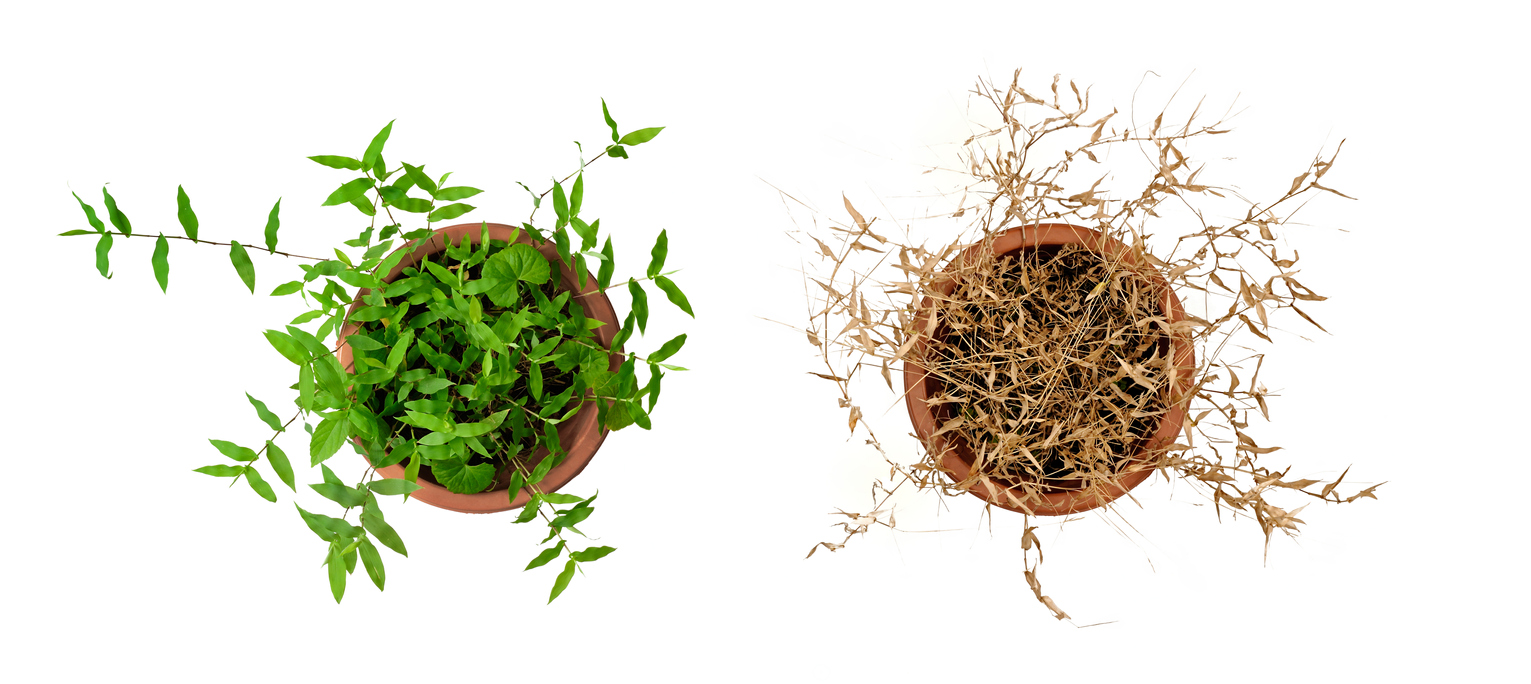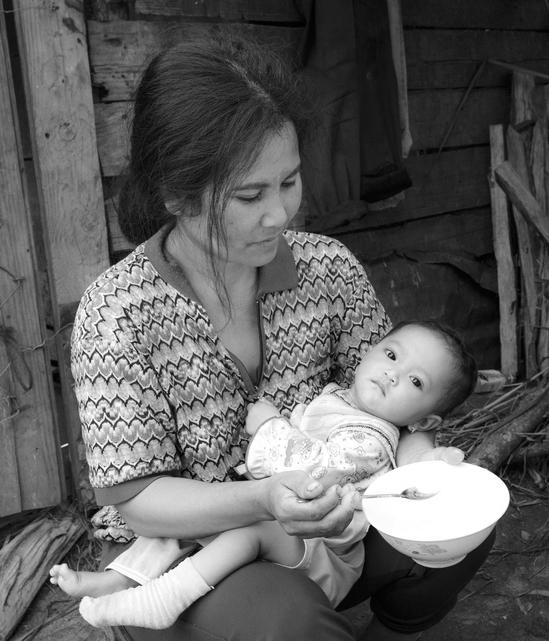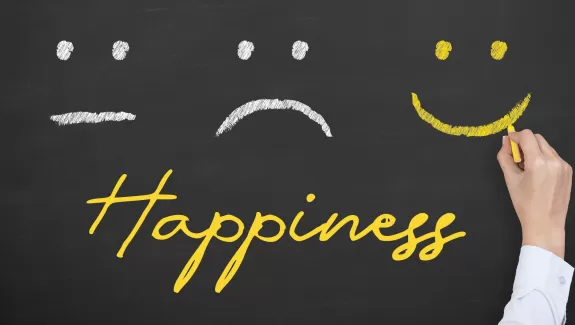
Celebrating Positive Deviance at Work: What COVID-19 can Teach Us
The Future just got a Restart on the Meaning of Unpredictable
In the Spring of 2020, the world is engaged in very large behavioral changes that we hope will lead to positive outcomes. The question is, “Will we thrive?” We will isolate and distance ourselves for a rather long while most likely, but what will then arise? What are the small changes every day we may need to master in the work world to come? What happens to the assurances we have relied on to govern our daily activities? Thriving may be linked to rapid adaptation, to finding and then doing behaviors that diverge from the culturally correct workplace practices that traditionally we have been told lead to success.
 In 2012, a national panel convened to address the new requirements of education in the 21st century. The panel’s members indicated that many skills were needed, not the least of which is knowing how to know. The specific information you might need will be out there but knowing how to access and understand that information may require other skills. To sort the wheat from the chaff—fact from fiction—people will need to know the scientific method and how it relates to problem-solving. We will need to develop many skills having to do with persistence, flexibility, creativity, and dealing with the unexpected. Traditional skills may be replaced by robots, but our human lens may be the thing that keeps us from working for them.
In 2012, a national panel convened to address the new requirements of education in the 21st century. The panel’s members indicated that many skills were needed, not the least of which is knowing how to know. The specific information you might need will be out there but knowing how to access and understand that information may require other skills. To sort the wheat from the chaff—fact from fiction—people will need to know the scientific method and how it relates to problem-solving. We will need to develop many skills having to do with persistence, flexibility, creativity, and dealing with the unexpected. Traditional skills may be replaced by robots, but our human lens may be the thing that keeps us from working for them.
COVID-19 is showing us that our value as an exceptional employee might shift from predictable patterns of behavior to the degree that we exhibit variability and adaptability in problem-solving. The demonstration of those skills will, in the end, determine how well we and our organizations thrive. (The organization may also be under the same degree of pressure to adapt and be flexible.)
In 2013, I attended the Behavior Change for a Sustainable World conference sponsored by the Association for Behavior Analysis International. The papers delivered during this three-day event were highly engaging, but one was particularly meaningful to me then, and again now, as I look at the events affecting us during Covid-19. Peter Kareiva, Chief Scientist of The Nature Conservancy, discussed the topic of positive deviance, a term in biological science that refers to a process of discovery in identifying the thriving among non-thriving plants, animal species, and humans. How are some plants and animals/humans thriving, given that in each case, they are surrounded by the same environment as the non-thriving plants and animals/humans? They often have the same genetic makeup. What happens that one thrives and another withers? Is it in the unique variation in responding to the conditions that surround them? Kareiva talked about how this concept of positive deviance works so well with humans. When humans change small aspects of their behavior, providing unexpectedly positive outcomes, they can dramatically increase the capability of themselves, as well as many others, to thrive.
Kareiva talked about how this concept of positive deviance works so well with humans. When humans change small aspects of their behavior, providing unexpectedly positive outcomes, they can dramatically increase the capability of themselves, as well as many others, to thrive.
Thriving through Variance
An early use of the investigative process into human actions of positive deviance was demonstrated in Vietnam with infants who were showing classic signs of failure-to-thrive due to malnutrition. Kareiva noted that among the same population of babies who were not thriving, a very few children were not only maintaining but thriving. The researchers reasoned that behavior must have been the differential, not genetics. What behavior-based practices did the mothers of these infants do that were so different, given that they all had the same amount of rice to feed their babies and were in the same village? The mothers of the thriving infants distributed the same amount of rice but over four feedings during the day (instead of the two feedings by most of the mothers, who traditionally fed their infants at the start and the end of the day). The mothers of the thriving infants also added small bits of crushed ants, crickets, and other insects to the rice (a practice reserved by tradition for adults only). These mothers produced healthy children, normal by height and weight standards.
What behavior-based practices did the mothers of these infants do that were so different, given that they all had the same amount of rice to feed their babies and were in the same village? The mothers of the thriving infants distributed the same amount of rice but over four feedings during the day (instead of the two feedings by most of the mothers, who traditionally fed their infants at the start and the end of the day). The mothers of the thriving infants also added small bits of crushed ants, crickets, and other insects to the rice (a practice reserved by tradition for adults only). These mothers produced healthy children, normal by height and weight standards.
They changed a practice that was assumed to be fixed in stone, a practice governed by a tradition considered the right thing to do in feeding infants. We know that under such cultural expectations, rarely would any of us engage in new behaviors. It is equally hard to consider how we can behave differently, since many of us are resistant to change, based on the comforting properties of our traditions, or rules of conduct. In the case of the Vietnamese infants, the intervention of the investigators was to get all mothers to then do the same as these positive deviants, thus producing thriving babies. All of the mothers fed the same amount of rice to their babies, but with two additional feedings across the day, (four feedings instead of two), and added insects to the rice with each feeding. Within six weeks, all of the babies were thriving. The at-hand, low-cost solution to this problem was in the behavior-based practices of humans—still with the same amount of food but with different uses of time and a variation in the recipe, namely insects, that were abundantly available. Kareiva’s point was that we each need to find the positive deviance among us—the excellence in behavior that exists side-by-side with practices that do not enable us to thrive.
In the case of the Vietnamese infants, the intervention of the investigators was to get all mothers to then do the same as these positive deviants, thus producing thriving babies. All of the mothers fed the same amount of rice to their babies, but with two additional feedings across the day, (four feedings instead of two), and added insects to the rice with each feeding. Within six weeks, all of the babies were thriving. The at-hand, low-cost solution to this problem was in the behavior-based practices of humans—still with the same amount of food but with different uses of time and a variation in the recipe, namely insects, that were abundantly available. Kareiva’s point was that we each need to find the positive deviance among us—the excellence in behavior that exists side-by-side with practices that do not enable us to thrive.
Finding the Positive Deviations in Our Workplace
What are the roadblocks to seeing new possibilities? Who among you in your worksite appears to see the possible, the can do versus the cannot do? You might indeed have a positive deviant in your midst, a PD, so to speak. Might this step back from the hustle-bustle of the physical worksite during Covid-19 allow us to see more clearly that behavioral deviant among us who really does advance us all? Maybe up to now, we have simply been amused or even put off by his or her variation of the rules—but rather admired the end result. Look among your fellow workers and find a few who do, often or infrequently, break away from tradition or current practice and produce a good outcome—helping us all to thrive, often in small ways that make a big difference. Think about the rules that govern you in ways that hinder you from attempting a possibly better way. Think about why you do not speak up or why you keep on keeping on. Consider the exemplars that you admire, the “occasional” who suggests or does a new thing that helps you examine how your fellow workers influence you.
Look among your fellow workers and find a few who do, often or infrequently, break away from tradition or current practice and produce a good outcome—helping us all to thrive, often in small ways that make a big difference. Think about the rules that govern you in ways that hinder you from attempting a possibly better way. Think about why you do not speak up or why you keep on keeping on. Consider the exemplars that you admire, the “occasional” who suggests or does a new thing that helps you examine how your fellow workers influence you.
Do those individuals who vary in novel ways actually know how much their behavior helps you see the possibilities of what you could do? Does the organization embrace and celebrate their ways of approaching work in novel ways—or even know about their efforts to create positive outcomes in daily actions? It may be that they are seen very differently in terms of how the organization’s rules indicate good workers should behave. When organizations, that is their management, believe their job is to manage behavior, not its effects, they misunderstand their job. But that is a topic for another blog.
Preparing for the Future: Thriving by Deviations from the Now to Then
 If you and your organization see the value in variations of behavior to get to the outcomes needed, differently than traditionally designed, and they add sustainability to what you do or even how you see possibilities, one could see them as keeping the organization from atrophy and helping it to thrive. Find those people! You may even be one of them. They deserve to be celebrated. Four bowls and protein bits, same basic vittles but added at novel times and in novel ways, might be the survival food as our organizations adapt to the unpredictable and evolving realities of 2020 and beyond.
If you and your organization see the value in variations of behavior to get to the outcomes needed, differently than traditionally designed, and they add sustainability to what you do or even how you see possibilities, one could see them as keeping the organization from atrophy and helping it to thrive. Find those people! You may even be one of them. They deserve to be celebrated. Four bowls and protein bits, same basic vittles but added at novel times and in novel ways, might be the survival food as our organizations adapt to the unpredictable and evolving realities of 2020 and beyond.


